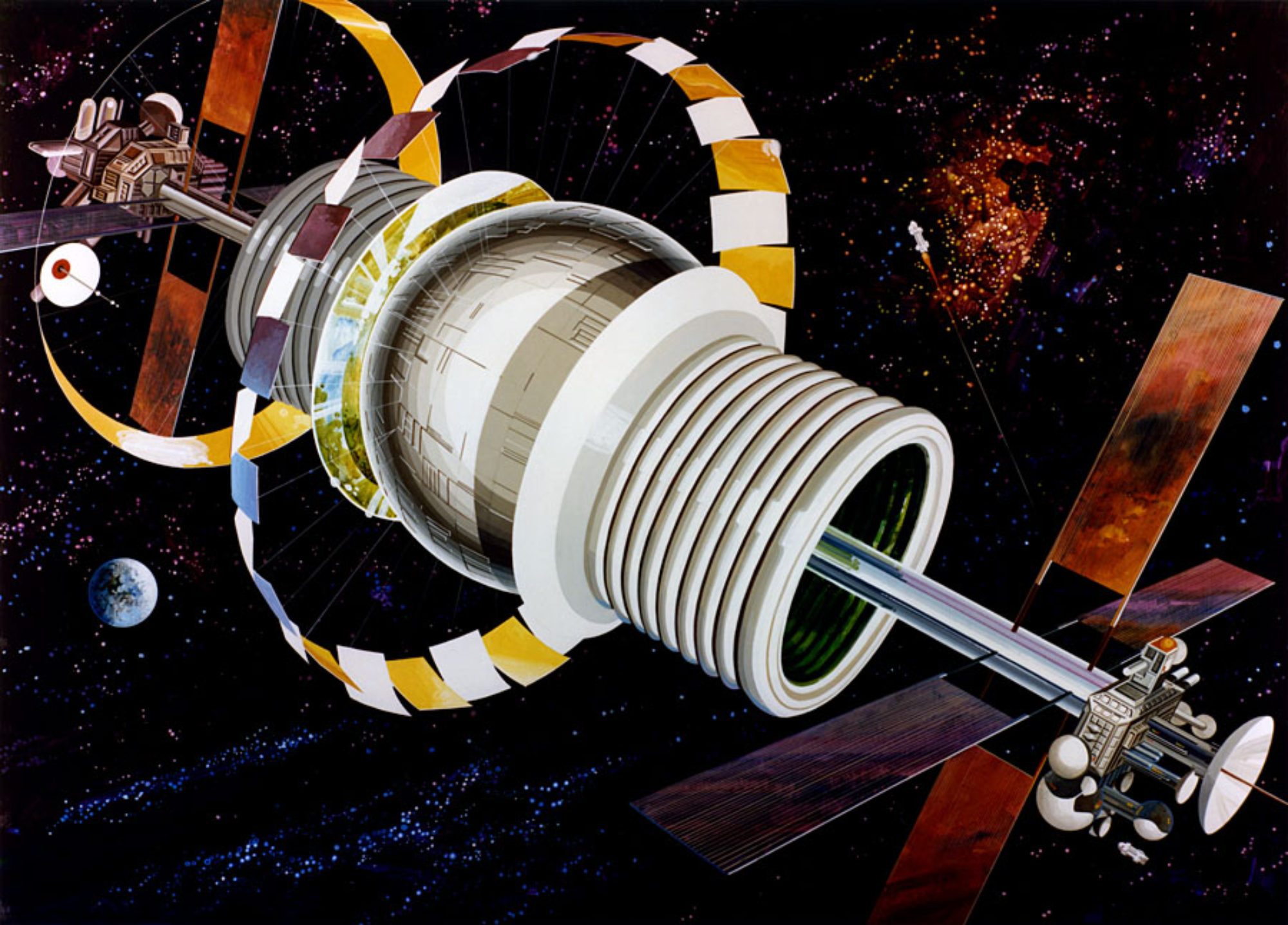
SSP has examined some of the implications of SpaceX’s Starship achieving orbit, such as an imminent tipping point in U.S. human spaceflight and launch policy. We’ve also discussed how if its successful, Starship will bring about a paradigm shift in the settlement of Mars and how the spacecraft could be used to determine the gravity prescription.
During Elon Musk’s recent Starship update from Boco Chica, Texas he said that he was “highly confident” that Starship would reach orbit this year. He also predicted that the cost of placing 150 tons in LEO could eventually come down to as low as $10 million per launch, and that “…there are a lot of additional customers that will want to use Starship. I don’t want to steel their thunder. They’re going to want to make their own announcements. This will get a lot of use, a lot of attention….”
“Once we make this work, its an utterly profound breakthrough in access to orbit….the use cases will be hard to imagine.” – Elon Musk
One such potential use case was worked out in detail by a team* of students last year during the International Space University’s (ISU) Space Studies Program 2021 held in Strasbourg, France. Called Solutions for Construction of a Lunar Base, the project used the version of Starship currently under development by SpaceX for the Human Landing System component of NASA’s Artemis Program as the basis for a habitat on the Moon. The concept was also described in a paper at the 72nd International Astronautical Congress in Dubai last October. The mission of the project was:
“To develop a roadmap for the construction of a sustainable, habitable, and permanent lunar base. This will address regulatory and policy frameworks, confront technological and anthropological challenges and empower scientific and commercial lunar activities for the common interest of all humankind.”
The team did an impressive job working out solutions to some of the most challenging issues facing humans living in the harsh lunar environment like radiation, micrometeorites, and hazardous lunar dust. They also dealt with human factors, physiological and medical problems anticipated under these conditions. Finally, the legal aspects as well as a rigorous financial analysis was conducted to support a business plan for the base in the context of a sustainable cislunar economy. The report is lengthy and challenging to summarize but here are some of the highlights.
A decommissioned Starship forms the primary core component of the outpost having its fuel tanks converted to living space of considerable volume. This has precedent in the U.S. space program when NASA modified an S-IVB stage of a Saturn V to create Skylab. The team envisions extensive use of a MOdular RObotic Construction Autonomous System (MOROCAS) outfitted with specific tools to perform a variety of activities autonomously which would reduce the need for extravehicular activities (EVA) thereby minimizing risks to crew. The MOROCAS would be utilized to tip the Starship on its side, pile regolith over the station for radiation protection and a range of other useful functions.
Medical emergencies were considered for accidents anticipated for construction activities in the high risk lunar environment. The types of injuries that could be expected were assessed to inform plans for needed medical equipment and facilities for diagnosis and treatment.
As discussed by SSP in a previous post, hazards from lunar regolith must be mitigated in for any activities on the moon. The solutions proposed included limiting dust inhalation through monitoring and smart scheduling EVAs, the use of dust management systems utilizing electrostatic removal mechanisms and intelligent design of equipment. In addition, landing sites and travel routes would be prepared either through sintering of regolith or compaction to prevent damage to structures by rocket plumes.
Funding of the Rosas Base was envisioned to be implemented via a public/private partnership administered by an international authority called the Rosas Lunar Authority (RLA). The RLA management would be structured as an efficient interface between participating governments while being capable of responding to policy and legal challenges. It would rely on public financing initially but eventually shift to private financing supplemented by rental of the base to stakeholders and interested parties.
Finally the team examined the value proposition driving establishment of the base. Sociocultural benefits, scientific advancements and technology transfer would be the primary driving factors. Initial market opportunities would be targeted at the scientific community in the form of data and lunar samples. Follow-on commercial activities that would attract investors could include launch services to orbit, cislunar spacecraft services, propellent markets in lunar orbit and LEO, communications networks in cislunar space and commercial activities on the surface such as supplies of transportation and mining equipment, habitats, and ISRU facilities.
The surface of the Moon provides exciting opportunities for scientific experimentation, medical research, and commerce in the cislunar economy about to unfold in the next decade. The unique capabilities of Starship and the solutions proposed in this report support a sustainable business model for a permanent outpost like the Rosa Base on the Moon.

An executive summary of the project is also available.
__________
* ISU Space Studies Program 2021 participants:


Like to get a copy of the project report.
Thanks
William Smith
Hi William,
The report is hyperlinked in my post. Click on the bolded title: Solutions for Construction of a Lunar Base